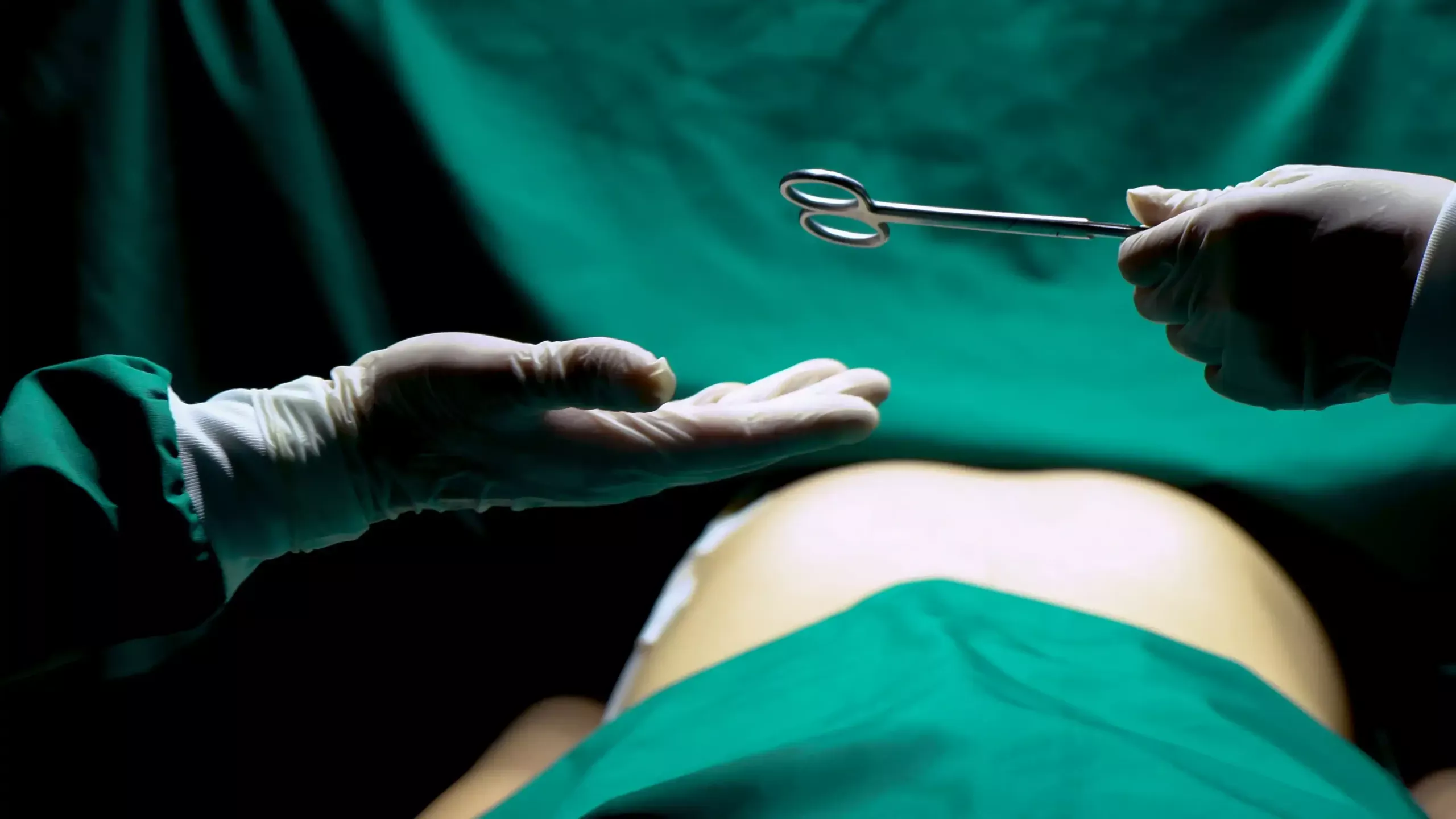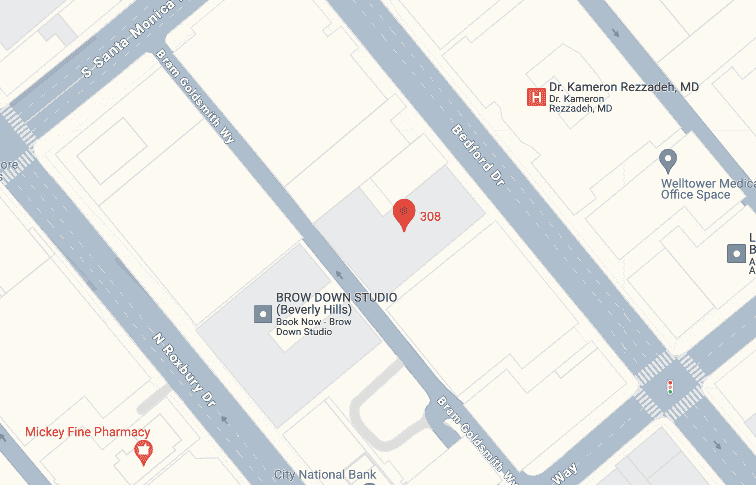A colorectal surgeon pilonidal cyst plays a crucial role in addressing various conditions affecting the lower digestive system, including the management of pilonidal cysts. Positioned near the tailbone, at the top of the cleft between the buttocks, pilonidal cysts can be a source of persistent pain and discomfort.
While not all cases require surgical intervention, a colorectal surgeon may recommend surgery based on certain signs that indicate the severity of the condition. In this article, we will explore these signs and shed light on when surgical treatment for a pilonidal cyst might be necessary.
Signs of Pilonidal Cyst
- Recurrent Infections:
Recurrence of infections is one of the main signs that a pilonidal cyst may require surgery. Recurrent infections of the cyst may result in worsening discomfort, edema, and pus leakage. While antibiotics could offer short-term respite, surgical surgery is frequently necessary to address the underlying problem. - Enlargement of the Cyst:
A pilonidal cyst may begin tiny, but surgery may be required if it keeps growing and causing continuous discomfort. Over time, the cyst may develop more complex, increasing the risk of complications and making it more challenging to control symptoms with conservative methods. - Formation of Abscesses:
Pilonidal cysts have the potential to become painful, swelling collections of pus called abscesses. Redness, localized heat, and excruciating pain are frequently linked to the development of abscesses. To stop recurrent abscesses, draining the abscess can be necessary, and surgically removing the cyst might be advised. - Chronic Pain and Discomfort:
Prolonged pain and suffering may be a sign of a more significant pilonidal cyst, particularly when sitting or exerting oneself physically. If non-invasive methods like applying warm compresses and using painkillers don’t work to relieve the cyst’s symptoms over time, surgery to remove it might be an option. - Difficulty Healing:
Managing pilonidal cysts can be tough, and some people may find it difficult for them to heal even when non-surgical treatments are used. Surgery may be suggested to remove the cyst and encourage appropriate wound healing if it continues or does not improve with conservative therapy. - Recurrence Despite Conservative Measures:
Even when the cyst is managed non-surgically, some people may still have recurrent symptoms. In some situations, surgery could be required to totally remove the cyst and lessen the chance that it will reoccur in the future. - Complications such as Fistulas:
Pilonidal cysts can cause fistulas, which are aberrant connections between the cyst and surrounding tissues, in more severe cases. Without surgery, fistulas can be difficult to treat, and their existence may call for a more proactive strategy to avoid consequences.
My Pilonidal Cyst is Bleeding Pretty Bad. Is This a Bad Thing?
It is understandable that bleeding from a pilonidal cyst would cause anxiety and raise questions about how serious the situation is. Even if bleeding on its own does not necessarily indicate a serious problem, it is important to consider the surrounding circumstances when deciding what to do.
- Normal vs. Excessive Bleeding:
Bleeding from a pilonidal cyst is not unusual, particularly if it has burst or expanded. But the important thing is to know the difference between light, normal bleeding and heavy, persistent bleeding. When the cyst drains or there is slight stress to the area, normal bleeding may happen. On the other side, excessive bleeding may indicate a more serious problem, like a larger wound or a blood vessel that is actively bleeding. - Potential Causes of Bleeding:
A pilonidal cyst may bleed for a variety of reasons. It’s possible that the cyst ruptured, causing bleeding as a result. Furthermore, bleeding may also be caused by an infection or inflammation inside the cyst. Bleeding may also result from trauma or irritation to the cyst caused by friction or an unintentional injury. Determining the right course of action for management requires an understanding of the underlying reason.
When to Seek Medical Attention?
Seeking prompt medical assistance is necessary if the bleeding from the pilonidal cyst is excessive, persistent, or accompanied by severe pain. A need for medical action, such as surgical drainage or other operations to control bleeding and prevent consequences, may be indicated by excessive bleeding.
When Pilonidal Cyst Surgery Might Be Necessary?
Surgical intervention may be required if the cyst continues to cause issues or if the bleeding is significant and recurring. A physician with expertise in treating pilonidal cysts, such as a colorectal surgeon, can evaluate the condition, identify the source of the bleeding, and suggest a course of treatment that may include surgically removing the cyst.
Is Pilonidal Cyst Laser Surgery Painful?
The use of laser surgery has grown in popularity as a treatment for a number of illnesses, including pilonidal cysts. Although there are benefits to using laser technology, one major issue for anyone thinking about this strategy is the possibility of pain both during and after the surgery.
- During Laser Surgery:
Depending on the scope and intricacy of the treatment, local or general anesthesia is usually used during pilonidal cyst laser surgery. Patients typically don’t feel discomfort or are aware of the procedure while it is being done. With the least amount of bleeding, the laser is used to create incisions, remove the cyst, and encourage tissue recovery. - Postoperative Pain:
It is reasonable to anticipate some pain or discomfort throughout the healing phase following laser surgery. But each individual experiences pain differently, and it is typically less severe than with open operations. By using lasers, the damaged area can be more precisely targeted, possibly reducing damage to the surrounding tissues and nerves. - Management of Discomfort:
Healthcare professionals usually recommend over-the-counter pain medicines or write prescriptions for pain drugs to manage postoperative pain. Patients must take their medications as directed and notify their healthcare staff of any concerns or changes in their level of discomfort. - Recovery Time:
When compared to standard surgical methods, laser surgery for pilonidal cysts is frequently associated with a quicker recovery period. The procedure’s minimally invasive design facilitates faster healing and less pain following surgery. - Potential Benefits of Laser Surgery:
There are multiple possible advantages to treating pilonidal cysts with laser surgery. The laser’s accuracy can speed up healing, lessen the chance of infection, and leave fewer scars. Furthermore, patients can go back home the same day because many laser operations are outpatient procedures. - Individual Variations:
It’s crucial to remember that everyone has a different threshold for pain and reaction to surgery. After laser surgery, some people may feel very little discomfort, while others may find the recuperation period a little more difficult. It is imperative to maintain transparent communication with the healthcare staff in order to guarantee rapid resolution of any issues or pain management requirements.
Pilonidal Experts – Your Path to Specialized Pilonidal Care!
If you or a loved one is grappling with the discomfort of a pilonidal cyst, look no further than Pilonidal Experts – your dedicated partners in specialized care. We understand the unique challenges posed by pilonidal cysts and are here to provide you with the best colorectal surgeons in town.
Take the next step toward relief by reaching out to Pilonidal Experts. Our team is ready to assist you in scheduling a consultation with a leading colorectal surgeon pilonidal cyst.








